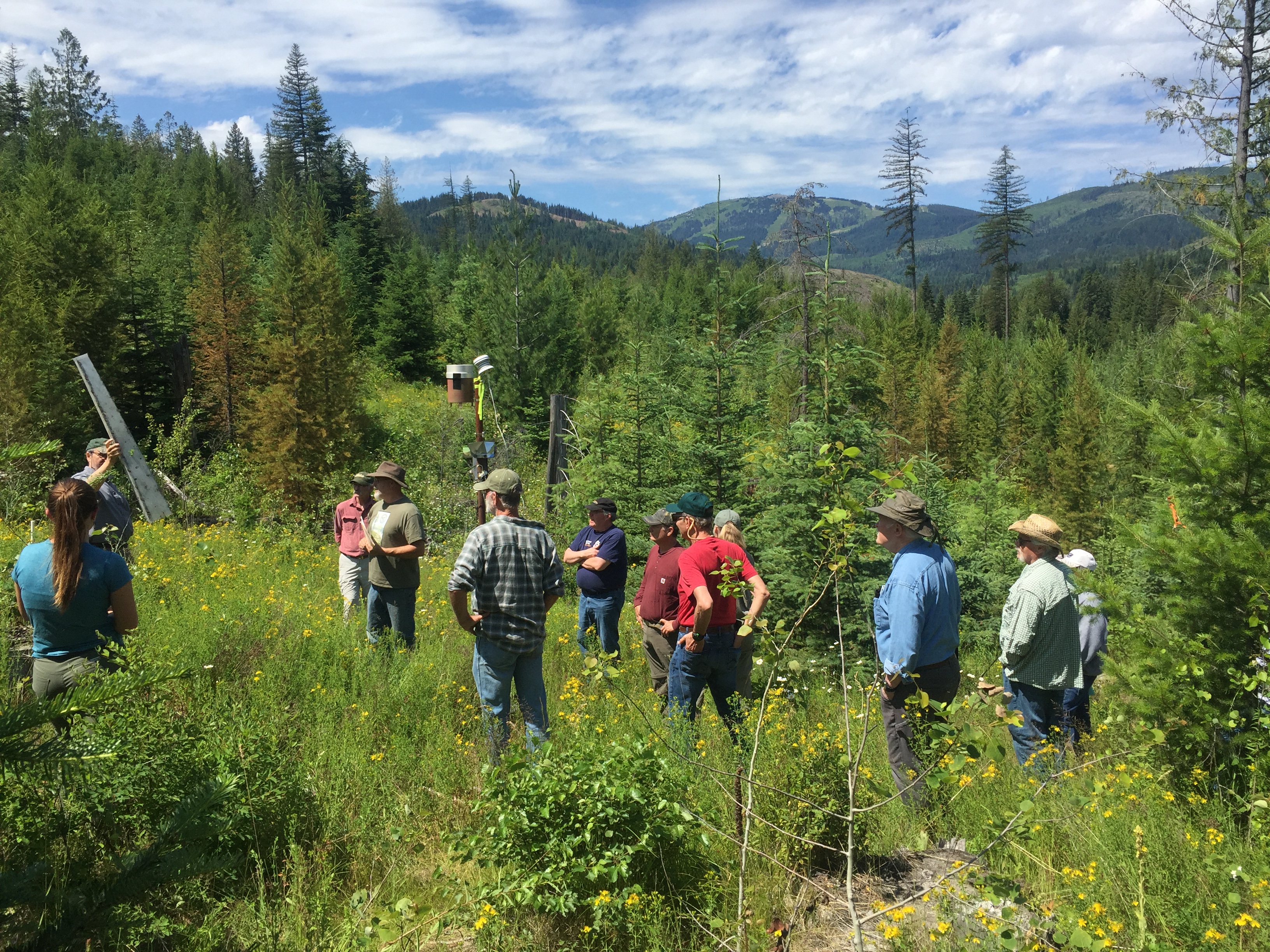
Forestry is the science, art, and practice of managing forests and related natural resources, such as range, pasture, and wildlife habitat. A critical aspect of forestry is the assessment of forest health, which involves evaluating the overall well-being of a forested area and determining if there are any issues that need to be addressed.
To assess forest health, foresters use a variety of methods to measure trees, including tree girth measurement, tree height measurement, and crown measurements. One of the most common methods used by foresters is tree girth measurement, which involves measuring the circumference of a tree at breast height (1.3 meters above the ground). This measurement is used to determine the tree’s age, growth rate, and volume.
Foresters also use a variety of tools to measure trees and assess forest health, including clinometers, dendrometers, and lasers. Clinometers are used to measure the angle between the ground and the top of a tree, which can then be used to calculate the tree’s height. Dendrometers are used to measure the diameter of a tree at various heights, which can provide valuable information about the tree’s growth and health. Lasers are used to accurately measure the height of trees and determine the volume of wood in a forested area.
The logging and timber industry plays a significant role in forestry, and it is responsible for the removal of trees from forested areas. To plan which trees to cut down, foresters use a variety of methods, including a selective cutting system, clearcutting, and shelterwood cutting. In a selective cutting system, only mature trees are removed, allowing younger trees to continue growing. Clearcutting involves removing all trees in a forested area, while shelterwood cutting involves removing only some of the trees to provide shade and protection for the remaining trees.
Coordination between logging trucks and heavy machinery is a critical aspect of the logging and timber industry. Logging trucks are used to transport cut trees from the forest to a sawmill, where they are processed into lumber. Heavy machinery, such as bulldozers and skidders, are used to move trees from the forest to the logging trucks. It is important for foresters to carefully plan the movement of trucks and machinery to minimize damage to the forest and surrounding environment.
Environmental and governmental policies play a significant role in the forestry industry. Governments often regulate the removal of trees from forested areas and impose restrictions on logging practices to protect the environment and wildlife. Environmental policies also address the use of pesticides, herbicides, and fertilizers in forests, and they may also impose restrictions on the use of heavy machinery in sensitive areas.
The coordination between different forestry agencies is important to ensure the effective management of forests and the protection of the environment.
It’s even more important we keep them all in check and spend the time in the woods ourselves.